Papayas, with their juicy texture, sweet flavor, and vibrant orange flesh, have long been a favorite tropical fruit enjoyed around the world. Not only are they delicious, but they also come packed with health benefits, offering rich amounts of vitamins, minerals, and antioxidants. As global demand for exotic and healthful fruits grows, so does the question — which country is the largest papaya producer in the world?
Let’s explore the answer to this question, look at the reasons behind this country’s dominance, and understand how papaya production impacts both local economies and international markets.
A Quick Look at Papaya: The Tropical Delight
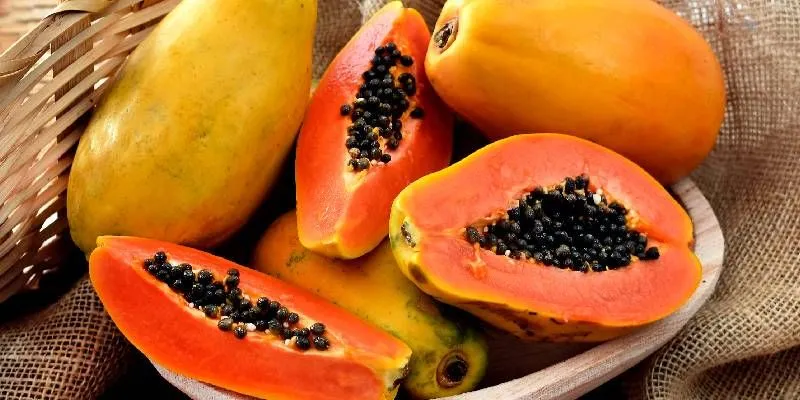
Before diving into the production leaders, it’s worth appreciating what makes papaya so popular worldwide. Papaya (Carica papaya) is a tropical fruit native to Central America and southern Mexico but is now cultivated in many tropical and subtropical regions globally.
The fruit is typically pear-shaped, with smooth green to orange skin and soft, sweet orange or reddish flesh inside. Papayas are widely enjoyed fresh, in salads, smoothies, desserts, and savory dishes. Moreover, the enzyme papain found in papayas is used in meat tenderizers, digestive supplements, and skincare products.
Global Papaya Production: An Overview
Papaya is a climate-sensitive fruit, thriving in warm temperatures with ample rainfall and sunlight. It is grown extensively in countries across Asia, Central and South America, Africa, and parts of Oceania.
According to the latest data from the Food and Agriculture Organization (FAO) of the United Nations, the global production of papayas exceeds 13 million metric tons annually. While several countries contribute to this figure, one nation stands far ahead of the rest.
India: The Largest Papaya Producer in the World
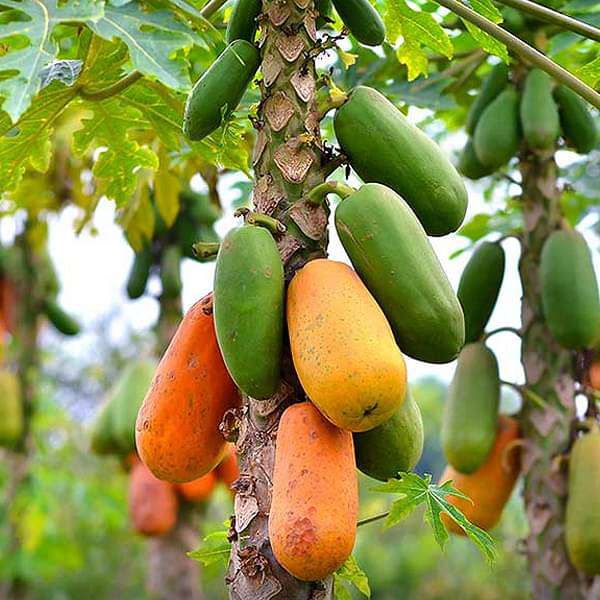
India holds the crown as the largest papaya producer in the world, accounting for over 43% of the global production. In 2023, India produced an impressive 5.9 million metric tons of papayas, maintaining its top position for several consecutive years.
Why Is India the Leading Papaya Producer?
Several factors contribute to India’s dominance in papaya cultivation:
- Favorable Climate:
The tropical and subtropical regions of India offer ideal conditions for papaya farming — warm temperatures, high humidity, and adequate rainfall. - Vast Agricultural Land:
India has a large area of arable land suitable for diverse crop cultivation, including tropical fruits like papaya. - High Domestic Demand:
Papaya is a staple in Indian households, consumed both as a ripe fruit and in raw form for culinary uses, chutneys, pickles, and curries. - Government Support & Initiatives:
India’s agricultural policies and horticultural missions actively promote fruit farming, offering subsidies, research, and training to farmers. - Short Harvest Cycle:
Papayas can be harvested within 9 to 12 months of planting, allowing farmers to reap quick returns and maintain continuous supply cycles.
Major Papaya Producing States in India
Within India, several states lead in papaya cultivation:
- Andhra Pradesh
- Karnataka
- Gujarat
- Maharashtra
- West Bengal
- Tamil Nadu
Andhra Pradesh and Karnataka, in particular, have been major contributors due to their suitable climates and infrastructure for horticulture.
Other Top Papaya Producing Countries
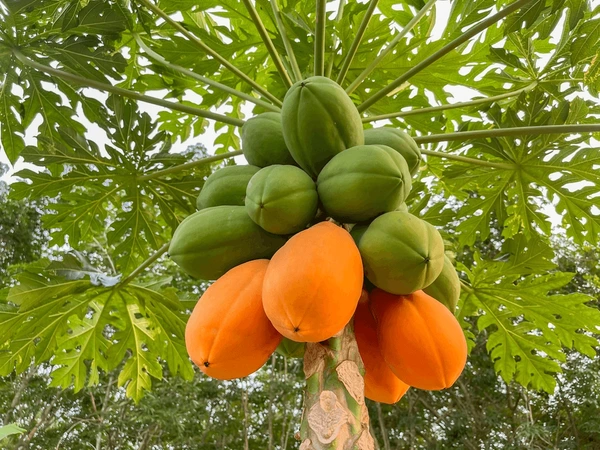
While India stands as the undisputed leader, other countries also contribute significantly to the world’s papaya supply:
| Country | Production (2023) |
|---|---|
| India | 5.9 million metric tons |
| Indonesia | 980,000 metric tons |
| Nigeria | 870,000 metric tons |
| Brazil | 860,000 metric tons |
| Philippines | 780,000 metric tons |
1. Indonesia
Indonesia is the second-largest producer, with regions like Java and Sumatra growing papayas extensively for both local consumption and export.
2. Nigeria
Africa’s leading papaya producer, Nigeria benefits from a tropical climate and fertile soils that support papaya farming. The fruit is popular in local diets and markets.
3. Brazil
As a tropical nation with diverse agricultural activities, Brazil ranks fourth in global papaya production. It exports significant quantities to North America and Europe.
4. Philippines
With papaya being a common fruit in Filipino cuisine and daily diets, the Philippines remains among the top producers, also exporting to neighboring Asian countries.
Health Benefits of Papaya
India’s dominance in papaya production aligns with its population’s appreciation for the fruit’s health benefits. Some notable benefits include:
- Rich in Vitamin C and A:
Boosts immunity, improves skin health, and supports eye health. - High in Antioxidants:
Helps reduce oxidative stress and inflammation. - Aids Digestion:
The enzyme papain supports digestion and is used in digestive supplements. - Supports Heart Health:
Contains fiber, potassium, and antioxidants beneficial for heart function. - Anti-Inflammatory Properties:
Used traditionally to treat swelling, infections, and minor injuries.
Economic Importance of Papaya Production
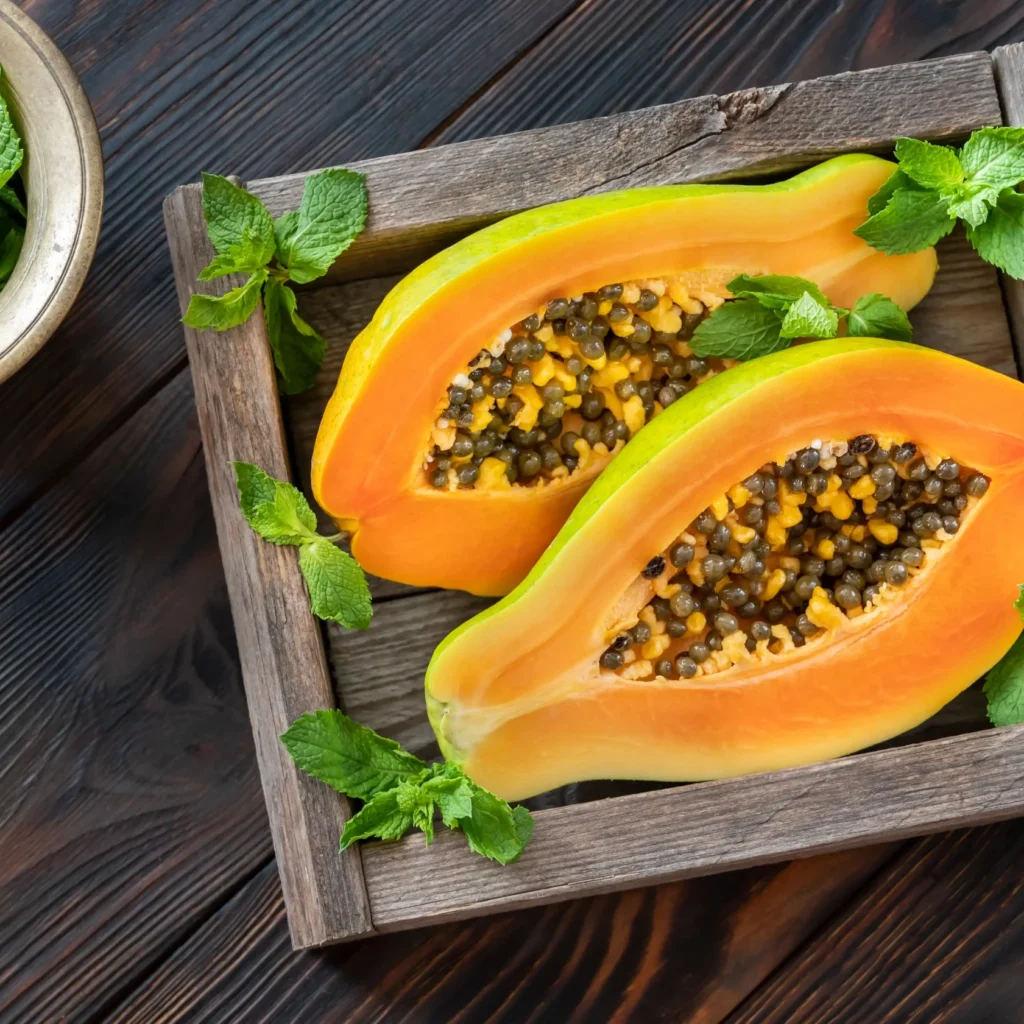
For India and other major producing countries, papaya farming plays an essential role in rural livelihoods and local economies.
In India:
- Employment Generation:
Supports thousands of small and marginal farmers across several states. - Value-Added Products:
Papayas are processed into jams, purees, juices, candies, and herbal supplements. - Export Revenue:
While most papayas are consumed domestically, India also exports papayas to Middle Eastern countries, the UK, and the Maldives.
Challenges in Papaya Cultivation
Despite its advantages, papaya farming faces several challenges:
- Pest and Disease Threats:
Viral infections like Papaya Ring Spot Virus (PRSV) and fungal diseases can significantly reduce yields. - Perishability:
Papayas are highly perishable, requiring efficient post-harvest handling, storage, and transportation. - Market Price Fluctuations:
Farmers often deal with unstable market prices due to seasonal gluts or low demand.
Future Outlook for Papaya Production
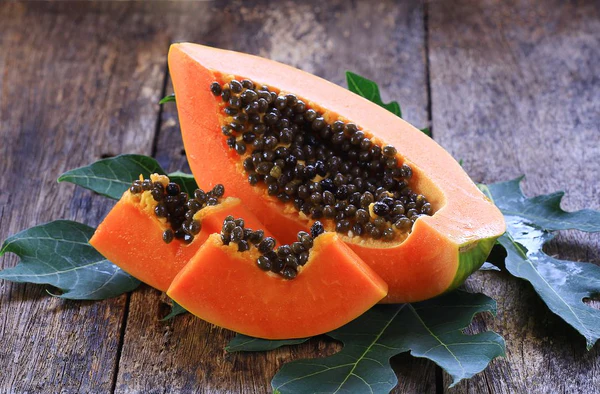
The global papaya market is expected to grow steadily due to increasing awareness of its health benefits, rising demand for tropical fruits, and expanding culinary uses. India is likely to maintain its leading position, with other countries investing in improved farming techniques and disease-resistant papaya varieties.
With advancements in horticultural technology, better supply chains, and increased focus on exports, papaya farming holds promising potential for both economic growth and nutritional security.
Conclusion
So, which country is the largest papaya producer in the world? — India leads the chart by a wide margin, producing over 5.9 million metric tons annually. Thanks to its favorable climate, expansive farming regions, strong domestic demand, and supportive government policies, India continues to dominate the global papaya market.
As papaya gains more attention for its health benefits and culinary versatility, the global industry is poised for growth — and India is well-positioned to remain at the heart of this tropical success story.

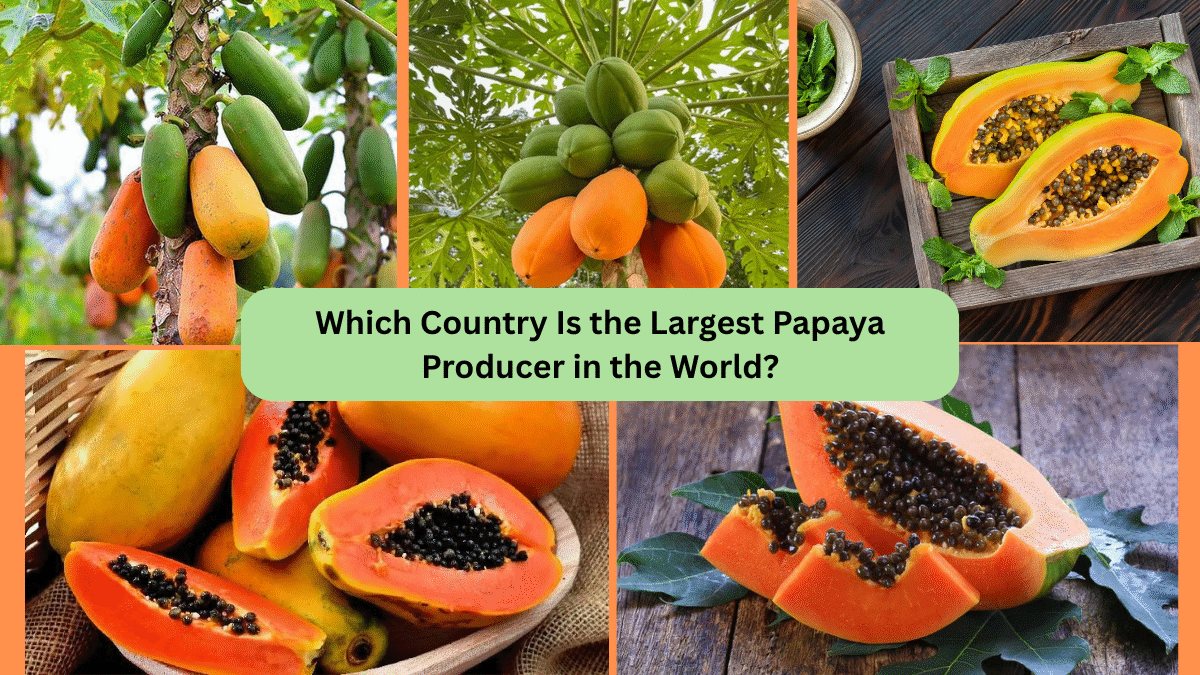



Leave A Comment